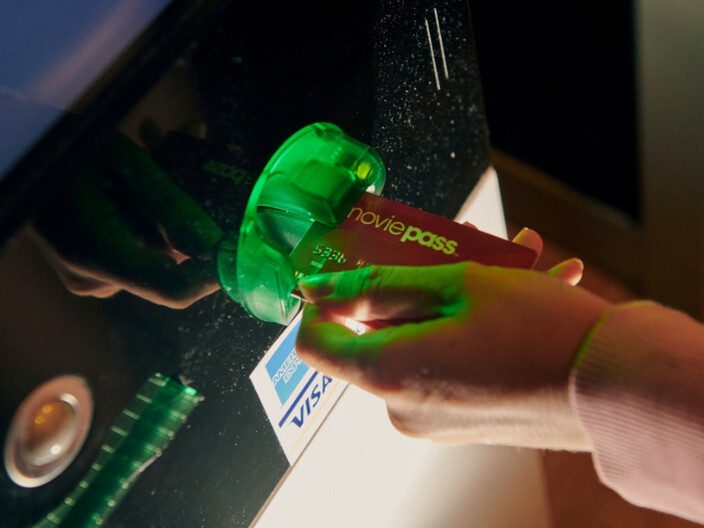
SpaceX has announced that it will be able to bring the Starlink satellite internet to the entire globe by the start of September this year.
According to the company's president Gwynne Shotwell, the California-based space company has already deployed 1,800 satellites all over the world. Once all the satellites reach “their operational orbit”, the company will be able to offer continuous global coverage.
But this is simply the beginning for SpaceX. The company’s long-term plan is to launch nearly 42,000 Starlink satellites into low earth orbit by the year 2027. But despite this, there are many challenges. For example, the company needs to get regulatory approval to deploy satellites in countries outside the US.
This process can often be very long and hectic but it seems SpaceX is willing to keep pushing. So far, Starlink satellites have been launched in roughly 11 countries, mostly in North America, Australia, New Zealand, and some parts of Europe. It is believed that the deployment of Starlink satellites at a large scale will open up internet access to rural communities all over the world.

The satellites are also proving quite popular. In May this year, SpaceX's CEO Elon Musk confirmed that over 500,000 people had already placed an order for Starlink.
So far, the service is priced at $99 a month but new customers are also required to pay an additional one-time fee of $499 for the kit. The kit includes several devices needed to use the satellites including a Wi-Fi router, a tripod, and a terminal that connects to the satellite out in orbit.
SpaceX is also touting Starlink as one of the fastest internet options customers can get. Right now, the company estimates that once the program is rolled out globally, customers can expect internet speeds of up to 209.17 megabytes per second.
Starlink was launched for the first time as a company in 2015. The primary goal was to develop a low latency broadband internet system that would ultimately provide internet coverage for rural and underserved communities around the world.

But the company only got regulatory approval to operate low orbit satellites in the US in April this year. This opened the door for SpaceX to roll out its operation on a full scale. The approval by the Federal Communications Commission meant that the company could now operate its satellites at a distance of 550 kilometers from the earth's surface as opposed to 1,100 kilometers.
It’s a big difference no doubt, one that makes the idea of Starlink possible. What’s now left is for SpaceX to roll out its satellites in many more countries. It’s not clear how fast the space company intends to move with this. But one thing is clear. Starlink is poised to become a huge part of SpaceX's business.
The sooner it is fully operational the better. September can’t come fast enough for folks who have already paid the one-month subscription fee. But even then, the long-term picture is indeed looking good for SpaceX.

















